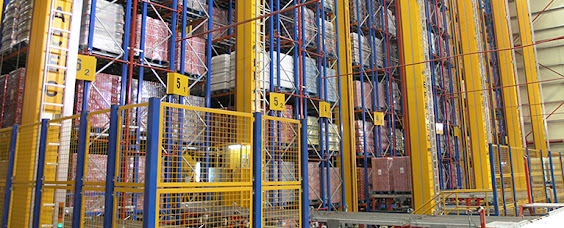Disruptive Technologies: AGVs and Their Impact on Supply Chain Management
Introduction to Disruptive Technologies
The term 'disruptive technology' was coined by Harvard Business School professor Clayton M. Christensen. It refers to any innovation that significantly changes the way we do business, the way we live or the way we interact with the world. Disruptive technologies create new markets and transform existing ones. One such technology, shaping the supply chain landscape, is AGV Automated Guided Vehicles.
Defining AGVs
Ever wondered how Amazon manages its vast warehouses? Meet AGVs. These are mobile robots used in manufacturing industries and warehouses to move materials around. They follow markers or wires on the floor or use vision, magnets, or lasers for navigation.
History and Evolution of AGVs
First introduced in the 1950s, AGVs have significantly evolved. They're now becoming a norm rather than an exception in many industries. But why are they considered disruptive? Let's delve into that.
AGVs: A Disruptive Technology
AGVs can operate 24/7, without fatigue, delivering an unmatched efficiency level. This is not the only reason they are disruptive. They bring along several benefits.
Benefits of AGVs
Increase in Efficiency
AGVs work around the clock, increasing operational efficiency. They can handle tasks that would otherwise require multiple workers, freeing human resources for more complex tasks.
Safety Improvements
AGVs operate with high precision and can navigate congested areas without causing accidents. This drastically reduces the risk of workplace injuries.
Cost Reduction
While the initial investment might be substantial, the long-term benefits outweigh the costs. Reduced labor costs and increased operational efficiency make AGVs a profitable investment.
Challenges of AGVs
Despite the advantages, the implementation of AGVs presents certain challenges. These include high upfront costs, the need for significant infrastructure changes, and the fear of job displacement.
AGVs and Supply Chain Management
Transformation of Warehousing
AGVs streamline warehouse operations, ensuring the right products are always available at the right time.
Impact on Transportation and Delivery
In the delivery stage, AGVs ensure goods are transported accurately and safely, minimizing errors and mishaps.
Changing the Landscape of Inventory Management
Inventory management is evolving with AGVs. They optimize inventory levels, reduce carrying costs, and eliminate human errors.
Future of AGVs in Supply Chain Management
With the increasing trend of digitization and automation, the role of AGVs in supply chain management is set to become even more pivotal.
Conclusion
The wave of disruptive technologies, such as AGVs, is revolutionizing supply chain management. Despite the challenges, the benefits they offer suggest a promising future, making AGVs an integral part of the modern supply chain. Also Read - Food Industry Applications of Conveyor Belt Systems
.png)


Comments
Post a Comment